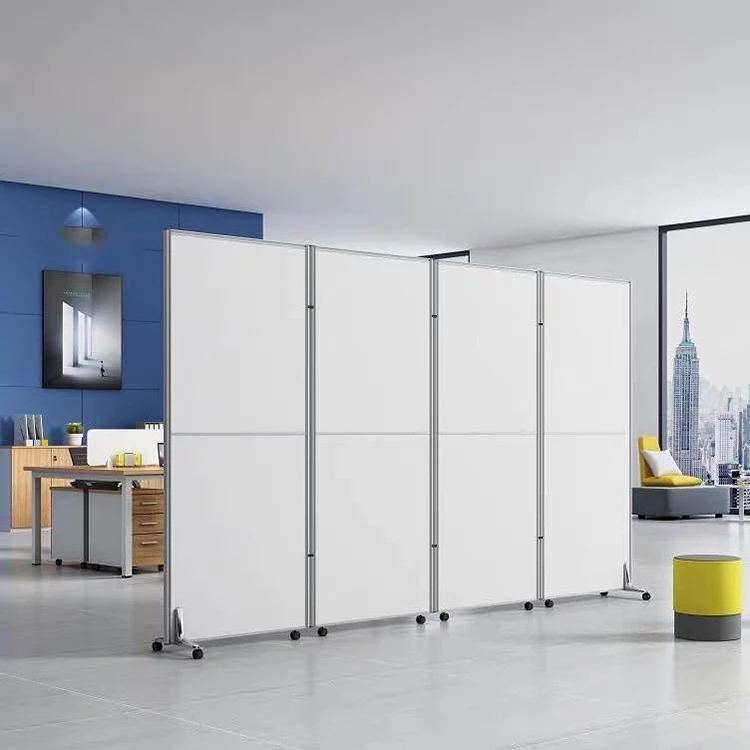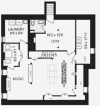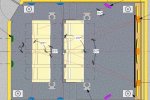Long time reader, first time caller. Thought I'd take my questions here especially given the recent in-wall speaker activity!
For my home theater I'm using the existing wall between my theater and my pantry and my tool closet as a baffle wall.
In particular I've been driving myself crazy on whether to use sealed speakers or infinite baffle speakers, and whether to try to achieve some type of LR toe-in or forgo that for a flatter smoother baffle wall and potentially "better" speakers.
I think the attached images illustrate the options I've identified so far, but I'm open to all insights and speaker suggestions!
View attachment 232829
View attachment 232830
View attachment 232832
View attachment 232833
View attachment 232841
You are very fortunate to have this nice space to work with.
It makes a lot of sense that you are taking your time to do it one step at a time, to optimize the final results.
That said, it is way too soon to pick gear.
I would recommend you get the room ready, first.
1). Is there a door at the top of those stairs? If not, I would recommend adding one.
2). Is there a way to wall off the left hand opening?
3). Is the tool room particularly large?
Basically, with audio, an "open concept" space is very challenging -- especially for surround sound and ESPECIALLY for bass.
---
The other usual "room" issues are:
1. Noise coming into the room.
I know everyone talks about soundproofing in the sense of don't wake the wife/baby/neighbor. But what is equally important: hearing the wife/baby/neighbor, HVAC, refrigerator, leaf blower, passing traffic, airplanes, etc will "ruin" the audio in the room by distracting you AND by raising the noise floor of the room. You may have dedicated electronics and high resolution speakers capable of 100 decibels of sound.....and only be about to use less than half that range, because the noise floor in the room is so high. Then you will run into the "turn up the system to hear the dialog, turn down the system when the action starts because it is too loud" situation.....since you have to turn it up to make quieter sounds like dialog intelligible over the background noise of a normal domestic room.
2. Noise exiting the room.
In some homes, this is the deal breaker. You will be stuck listening to headphones while watching a movie otherwise the household will not be able to sleep at night.
3. HVAC
A theater room needs several times more air-conditioning than any other room in the house, other than a small enclosed kitchen. If you aren't comfortable in your theater room, because it is hot, stuffy, humid, or lacking in oxygen, you won't be inclined to relax in there and use the room.










